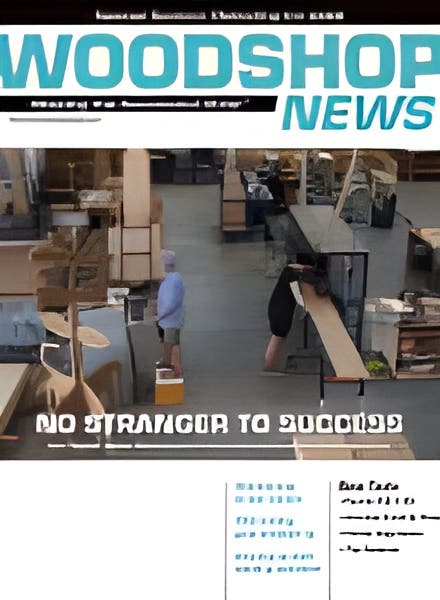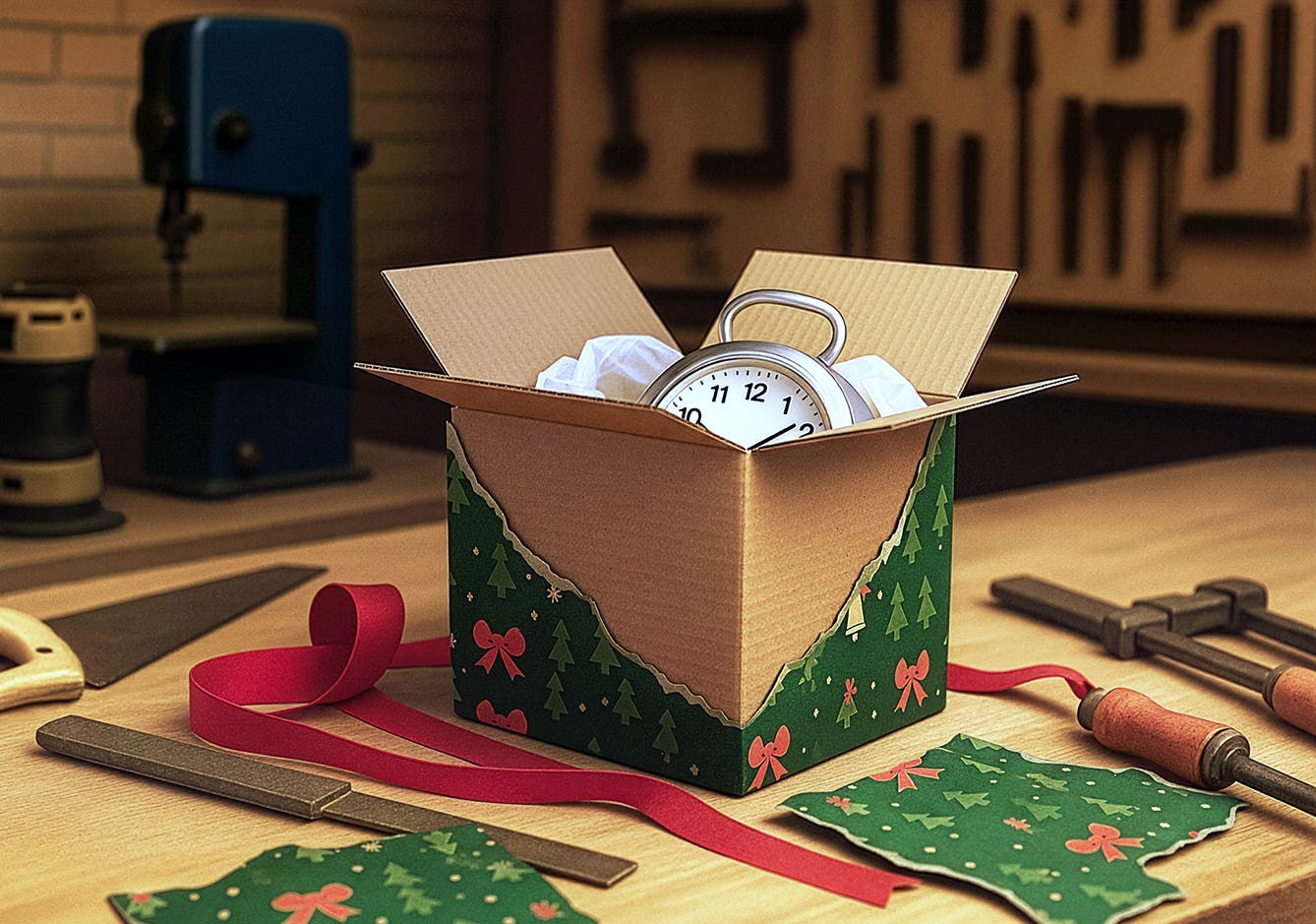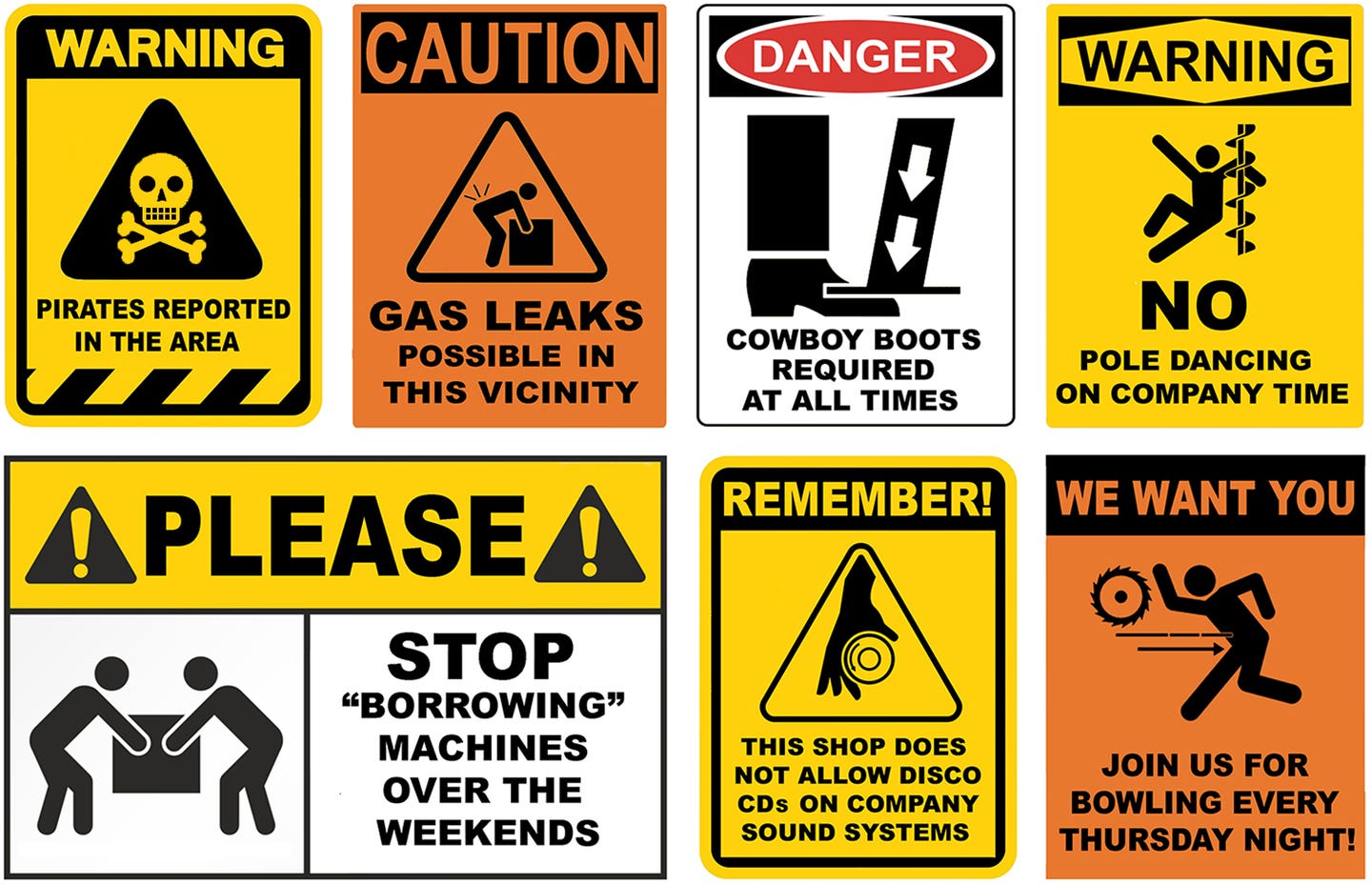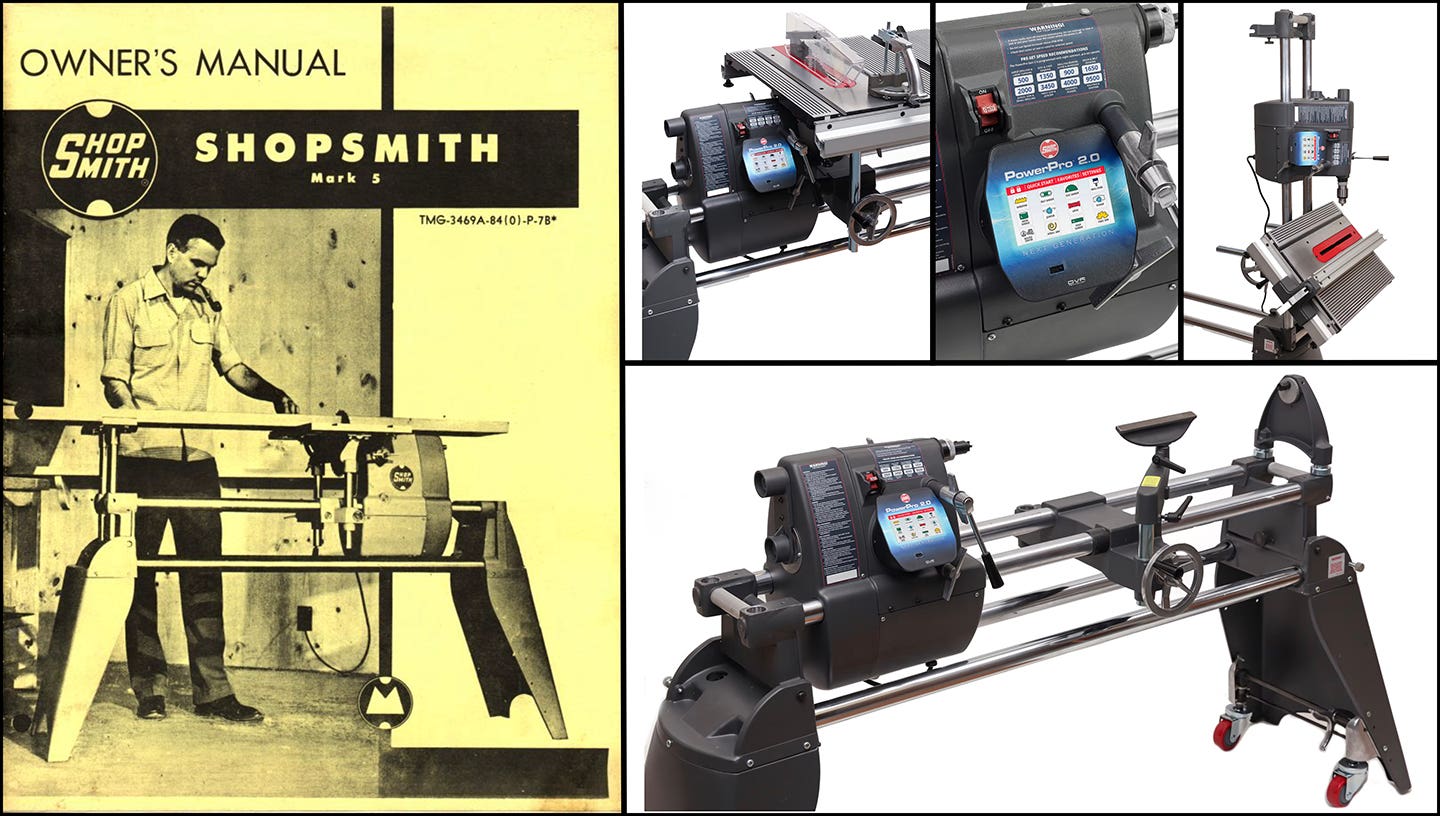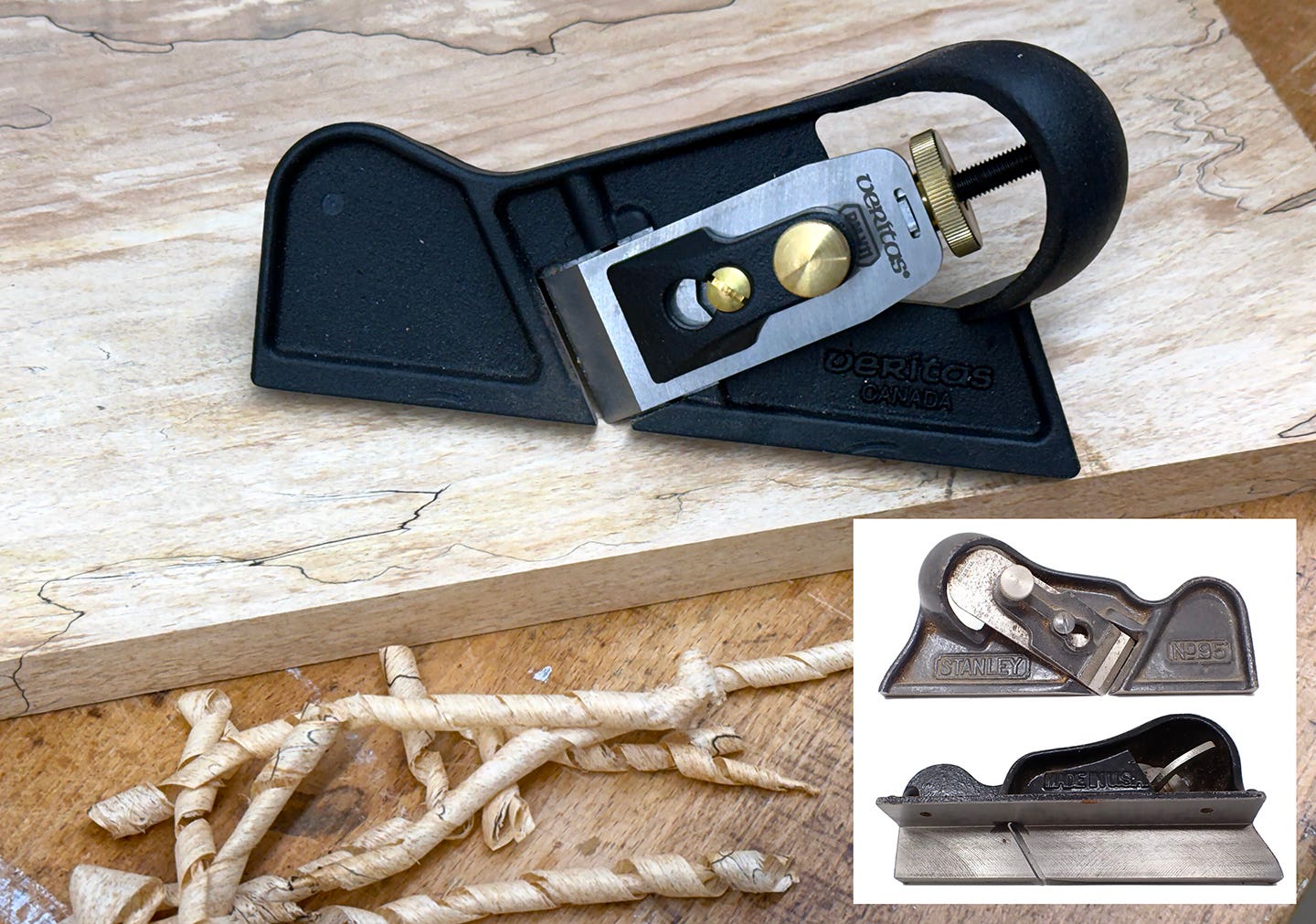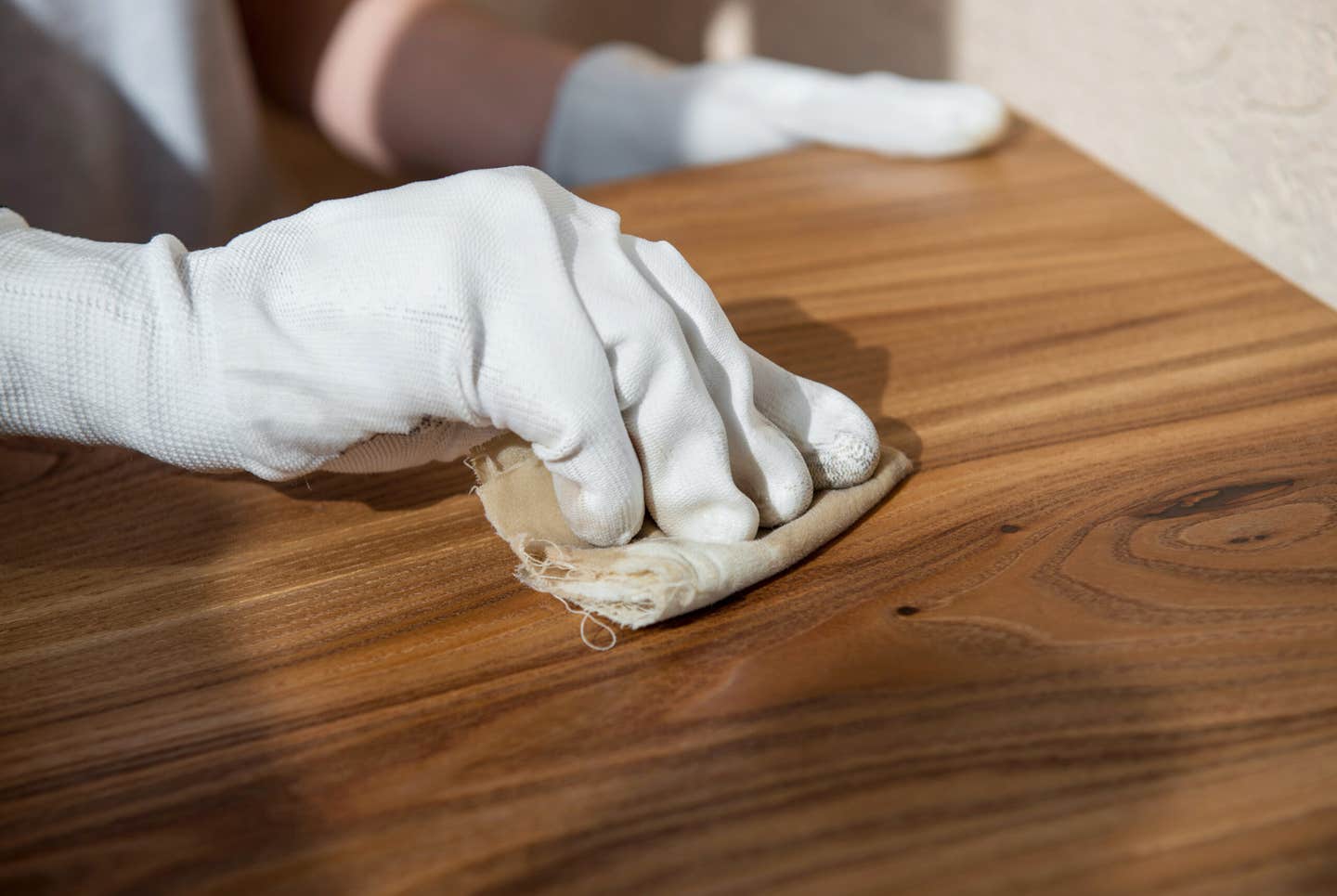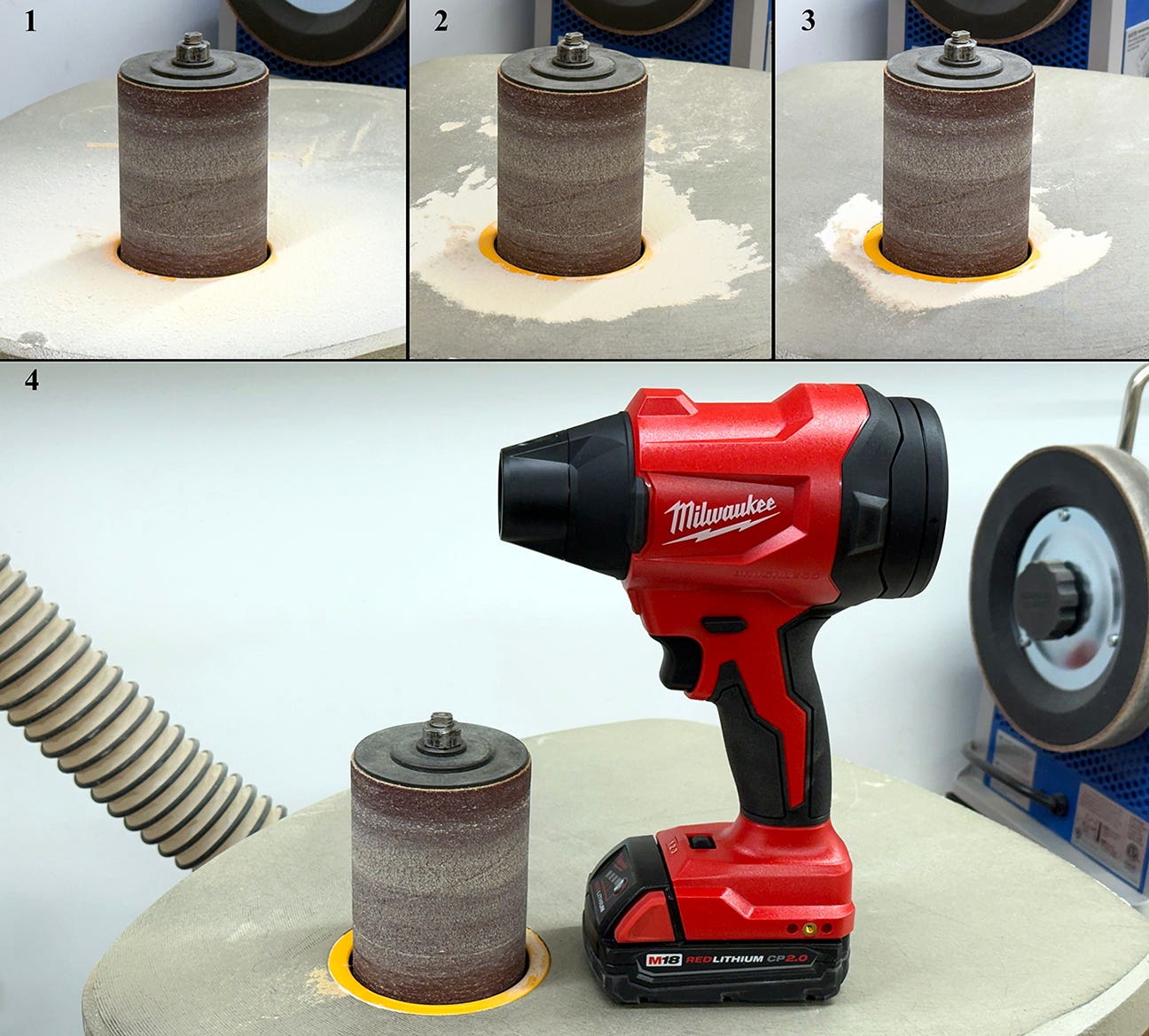Nothing wasted
When you alter an in-progress project, the changes wind up as waste material unless you consider the possibilities.
When you alter an in-progress project, the changes wind up as waste material unless you consider the possibilities.
I follow my designs and sketches closely for some projects, but do just as many where the design unfolds as I work. That usually means recutting things I’ve already cut – or even assembled – creating unusable waste. But before tossing that stuff into the scrap barrel, I always take a closer look at it.
Remember that 19th-century drop-front desk I talked about recently? In my original sketches – and in the early part of construction – the interior drawers were taller. I didn’t like the look and redid the center section for smaller drawers, but since the drawers were already made I simply cut them down to the new size between dovetail joints at the top.
The offcuts were square frames with a nice little dovetail in each corner. The parts of something like that are too small to be really useful down the road and I was about to pitch them, but then had an idea. I had some leftover 1/8" cherry plywood I’d used for the desk panels and drawer bottoms, so I just cut some to fit the scrap frame. A bit of glue and clamping time, followed by some sanding to smooth the edges produced some of the handsomest small-parts trays you could imagine.
The result was that my new smaller drawers worked perfectly for the updated desk interior, and the “waste” material from trimming the drawers was put to good use with just a few minutes work. When looked at that way, nothing was really wasted at all – not the desk design, not the materials, and certainly not my time.
A.J. Hamler is the former editor of Woodshop News and Woodcraft Magazine. He's currently a freelance woodworking writer/editor, which is another way of stating self-employed. When he's not writing or in the shop, he enjoys science fiction, gourmet cooking and Civil War reenacting, but not at the same time.

